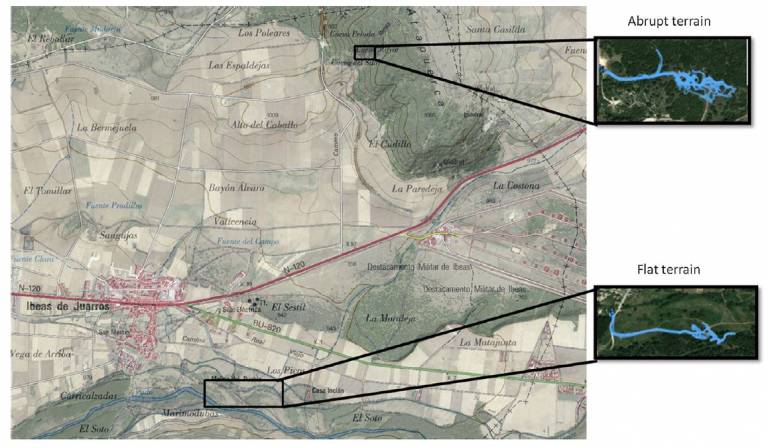New evidence supports the hypothesis that Big Game Hunting is not as energetically efficient as Gathering
2 January 2017
The efficiency of acorn gathering is evaluated as a foraging method for a middle Pleistocene human population living in mid-latitude European territory.
 An innovative experimental approach measures how much energy an average female spends gathering nuts in a natural environment, comparing this value with the caloric return of this vegetable resource. The gathering activities were performed by 9 volunteers and showed that gathering 3 kg of acorns in 1 h represents a moderate activity in energetic terms, consuming not more than 300 kcal. Thus, due to their high energetic content, gathering nuts is a highly efficient foraging method. The energetic return obtained by gathering acorns, one of the more abundant nuts in the Mediterranean landscape, is favourably compared with the return provided by hunting. Acorns were a seasonally abundant resource at these ecosystems 300 kya and were rich in nutrients and relatively easy to store, making them a highly attractive food for the Palaeolithic inhabitants of this landscape.
An innovative experimental approach measures how much energy an average female spends gathering nuts in a natural environment, comparing this value with the caloric return of this vegetable resource. The gathering activities were performed by 9 volunteers and showed that gathering 3 kg of acorns in 1 h represents a moderate activity in energetic terms, consuming not more than 300 kcal. Thus, due to their high energetic content, gathering nuts is a highly efficient foraging method. The energetic return obtained by gathering acorns, one of the more abundant nuts in the Mediterranean landscape, is favourably compared with the return provided by hunting. Acorns were a seasonally abundant resource at these ecosystems 300 kya and were rich in nutrients and relatively easy to store, making them a highly attractive food for the Palaeolithic inhabitants of this landscape.
Efficiency of gathering and its archaeological implications for an European Early Palaeolithic population
O. Prado-Nóvoa, A. Mateos, G. Zorrilla-Revilla, M. Vidal-Cordasco, J. Rodríguez
DOI: 10.1016/j.jaa.2016.12.002
 Close
Close

